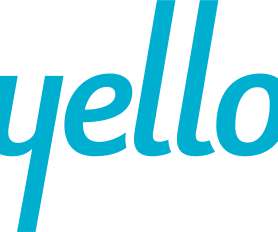Hiring Quality Candidates in a Digital-First World
Hireology
NOVEMBER 18, 2020
Remote work has grown 140% since 2005. Can they communicate and collaborate with other team members using digital tools like Slack, MS Teams, Google Chat, or Zoom? It takes just minutes for a recruiter to enter a candidate’s information and select a job-specific survey. And the pandemic has only accelerated this shift.
















Let's personalize your content